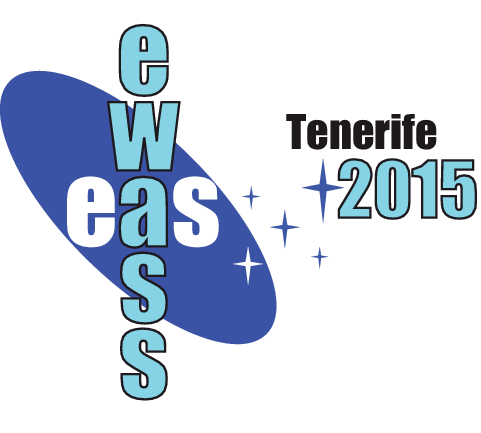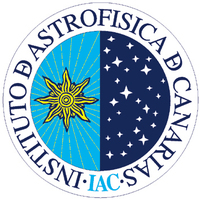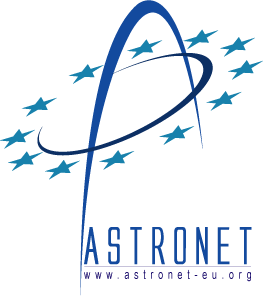Symposium S6
22 – 23 June 2015
The Formation and Destruction of Molecular Clouds
Aims and scope
Essentially all star formation that we know of in the Milky Way occurs in Molecular Clouds (MCs), cold (< 100K) over-densities in the interstellar medium (ISM) in which hydrogen is mainly in molecular form, and the gas is well-shielded from the interstellar radiation field (ISRF). Although the time taken to assemble and destroy MCs plays a central role in star formation theories, there is still significant debate about the lengths of each of these phases. On one side of the debate, there is the suggestion that the clouds live for 10s of Myr, and form stars relatively slowly but steadily throughout their lifetimes. In contrast, the opposing side claims that the clouds only live for a few Myr, and form stars in a burst, before being rapidly dispersed.
Previously, limitations in both the observational data and the numerical modelling made headway in such a debate difficult. However both fields are rapidly progressing, and it is now time to take stock of the recent efforts. On the observational front, Herschel, APEX, IRAM, ALMA & SOFIA now give us access to the emission from species such as C+ and O that are known probes of the warm transitional gas that is involved in MC formation / destruction. These observatories also help us to better characterise the star-forming content of MCs. In addition, extragalactic observations now have the resolution to make statistical arguments about cloud lifetimes, as well as constraining how the properties of clouds can vary with environment. On the computer modelling front, numerical simulations are now sufficiently advanced that they can capture both the formation and the dispersion processes over scales ranging from stellar clusters through to the galactic discs. There has also been significant recent effort to create synthetic observations from the simulations, helping us to make the most of the new wave of observational data.
The aim of this 2-day symposium is to investigate the role of molecular clouds in the star formation process, and summarise our knowledge of how they are assembled, form stars, and disperse. Central to this discussion will be the use of observational probes of cloud envelopes (e.g. H, [CI], [CII], [OI], etc) to provide additional constraints on the current theories, and to start to build a new picture of how clouds fit into the larger scales associated with galactic dynamics.
Programme
- Cloud formation theories
- Feedback from young stars as a cloud destruction mechanism
- Tracers of cloud envelopes: mass and energy budgets
- Star formation rate estimates
Invited speakers
- James Dale (Ludwig Maximilians University Munich)
- Clare Dobbs (University of Exeter)
- Min-Young Lee (CEA Saclay)
- Suzanne Madden (CEA Saclay)
- Julia Roman-Duval (Space Telescope Science Institute)
- Jorge Pineda (JPL-CalTech)
Scientific organisers
Paul Clark (Cardiff University),
Simon Glover (Heidelberg University),
Sarah Ragan (Univerity of Leeds),
Steffi Walch (University of Cologne)
Contact
paul.clark @ astro.cf.ac.uk
Updated on Tue Nov 04 07:13:17 CET 2014
|

 A power cut will shut down all EAS services on Tuesday, 10 January 2017 starting at 7:30 CET.
A power cut will shut down all EAS services on Tuesday, 10 January 2017 starting at 7:30 CET.


















